Introduction to the Renaissance
The Renaissance was a period in history that saw a burst of innovation in science, medicine, and the arts across Europe. The Renaissance period is usually seen as being from the 14th to 17th Century.
New translations of important texts from Ancient Rome and Ancient Greece provided fresh ideas and knowledge that had not previously been available.
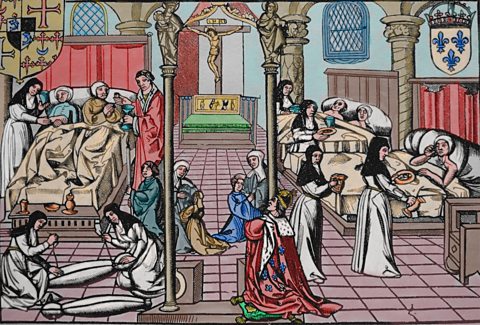
Medicine in the Renaissance
The word renaissance means re-birth. The term was used to describe a period of European history that saw advancements in science and medicine.
The printing press and medicine
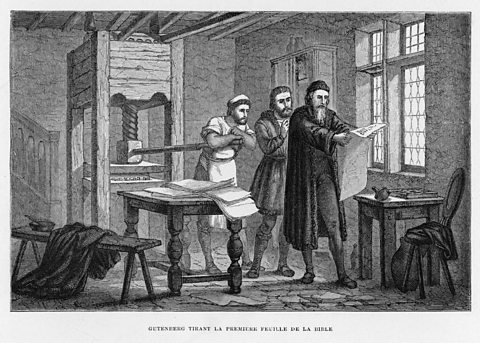
All across Europe, the printing press was revolutionising access to books.
Before the printing press, access to books and the knowledge they contained was difficult.
Previously, to own a copy of a book involved paying a scribe to create a handmade copy of that book. This was time-consuming and very expensive.
The printing press meant that it was possible to mass-produce copies of books. As a result, access to books, and the knowledge they contained, was easier.

New translations of old texts
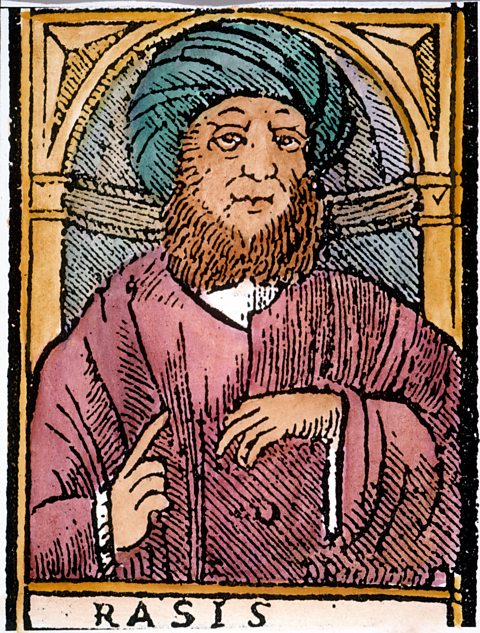
Some of the books and documents that became easier to access were rare translations of ancients texts. Some had even been translated several times – from ancient Greek into Arabic by Islamic scholars, and then again from Arabic into Latin.
New translations of important ancient medical texts by doctors such as Hippocrates, Galen, and Islamic scholars such as Abū Bakr Muḥammad ibn Zakariyyāʾ al-Rāzī soon became easier to get hold of.
Some of these old texts provided ideas about the working of the human body and methods of diagnosing illness that were new to European doctors.
More than this, though, it became easier for doctors to read these ancient texts and to test and question Galen’s theories by conducting their own investigations into the human body.

What did Renaissance doctors know about anatomy?
Much of what Renaissance doctors knew about the workings of the human body came from a doctor who practiced medicine in ancient Rome called Galen.
Galen's legacy
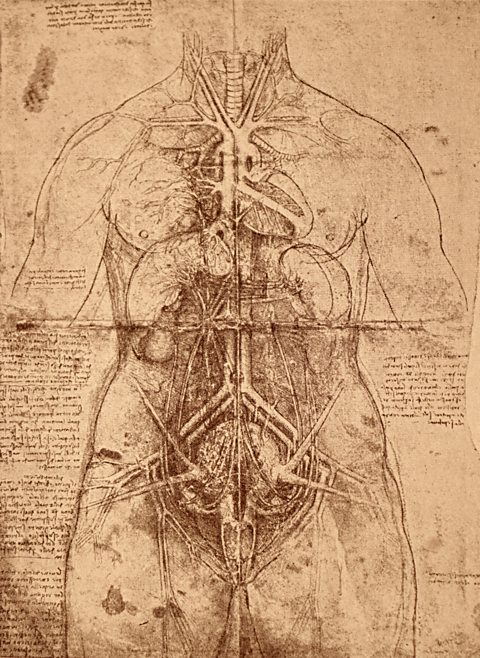
Galen had read the works of the ancient Greeks, such as Hippocrates, and had learned from this.
He was forbidden to dissect human bodies by the Church since it was believed that the body was a vessel for the human soul.
Instead, Galen learned about anatomy by dissecting animals similar to humans such as apes.
Galen updated and added to the medical knowledge of the ancient Greek doctors and he documented what he discovered.
Galen’s teachings became standard medical practice during the whole of the Middle Ages. They were only challenged and improved upon when a new generation of Renaissance doctors were allowed to dissect human bodies.

Andreas Vesalius
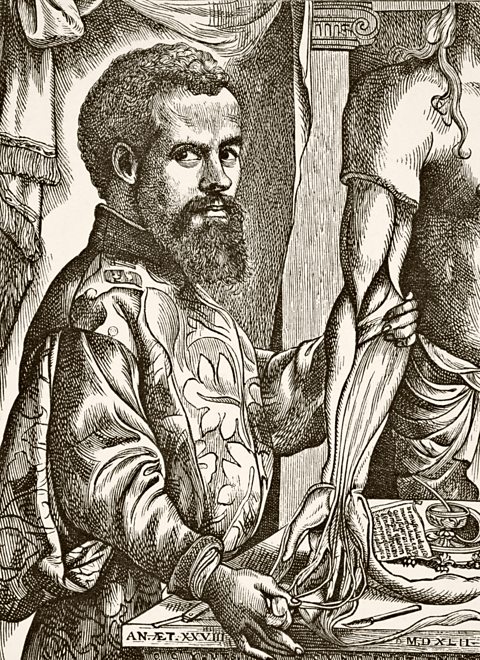
By the mid 1500s, the dissection of human bodies had been allowed in very limited circumstances. This directly led to advancements in the study of anatomy.
In 1543, Andreas Vesalius published The Fabric of the Human Body in which he presented high quality and accurate anatomical illustrations of the human body.
The book built on the work of Galen and corrected many of his misunderstandings.
Versalius’s work inspired doctors across Europe, encouraging them to perform their own dissections and anatomical procedures for themselves.
Vesalius’s work corrected theories which had been held since the time of Galen.

What did Versalius discover?
- Vesalius proved that the jaw bone was made up of one bone rather than two, as previously stated by Galen
- Galen had suggested that the breastbone was made of seven parts, Vesalius proved that there were three parts
- Vesalius proved that blood did not flow into the heart through invisible holes as Galen believed
Circulation of blood
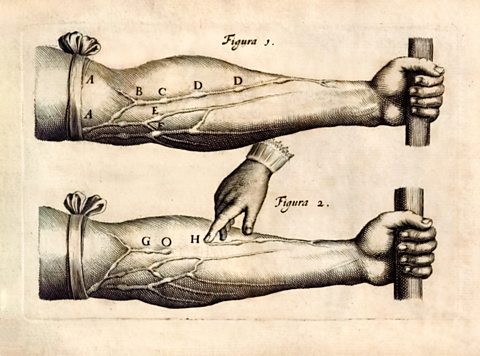
Before the Renaissance, many people (influenced by Galen) believed that new blood was produced in the liver and replaced blood that had been burned up in the body.
They also believed that veins carried blood and air round the body and that blood was passed from one side of the heart to the other through invisible holes.
An English doctor called William Harvey ended Galen’s influence over anatomy.
Harvey had been the doctor of both King James VI of Scotland and I of England and Charles I, In 1628 he publishedAn Anatomical Exercise on the Motion of the Heart and Blood.
Through his experiments, Harvey was able to prove that the heart was a pump that moved blood around the body. Harvey dissected live, cold-blooded animals (as their hearts beat slower than mammals) to see the movement of the heart’s muscles.
By attempting (and failing) to pump liquid through veins, Harvey was able to prove that blood was pumped along a one way system around the body.

Developments in surgery during the Renaissance
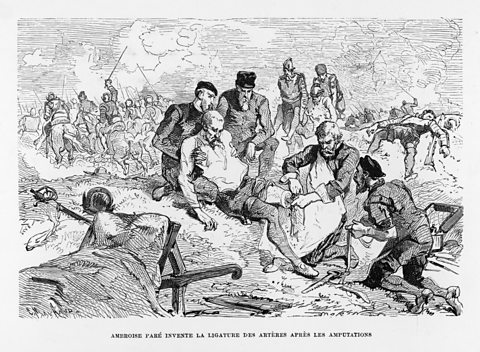
Many advancements in surgery were discovered on battlefields by Barber surgeonBefore medically-trained professional surgeons, most surgery was carried out by barbers. They were skilled at using sharp knives and razors and so, as well as cutting hair, a barber surgeon could remove a limb, pull out teeth, or other basic operations. through trial and error.
During this period, when a patient had a limb surgically removed, arteries and open wounds were sealed by burning them. This process was called cauterisation. It was extremely painful and traumatic for the patient.
Ambroise Paré was a French barber surgeon who used catgutA strong cord that was made from the dried intestines of sheep, goats or cows. It was used by surgeons to tie the severed ends of arteries and veins to stop bleeding. as ligatures to tie off the arteries during amputations rather than cauterising them.
Whilst this was certainly less painful, it did not stop large numbers of Paré's patients dying after surgery.
Very little was known about germs and the surgeons' dirty hands and equipment often caused infections in the wounds being treated. It was these infections rather than the original wounds that killed many of the patients.

Patient care during the Renaissance
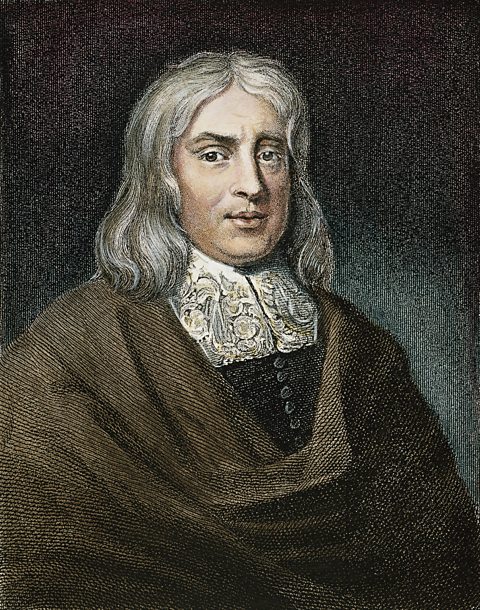
Thomas Sydenham is often referred to as ‘The English Hippocrates’ (due to his practice of observing his patients) and a pioneer in diagnostics.
He believed that each disease was different and that in order to correctly cure the disease, it must first be diagnosed correctly. This may sound like common sense to us but it was revolutionary at the time!
Sydenham thought it was important to visit the patient, taking a full patient history and making observations. He argued that this was the only way to ensure that the correct diagnosis was made.
Instead of trying to cure imbalances in the human body, through treatments like blood letting, Sydenham often worked to treat symptoms, providing the body a chance to recover on its own:
- He used cooling treatment on patients with smallpox and fevers
- He used laudanum as a painkiller and treatment for fever
- He treated malaria with cinchona bark. The bark contains quinine, a chemical compound that can prevent the parasite that causes malaria from reproducing.
Through his careful observations, Sydenham was able to collate a number of detailed descriptions of illnesses, including the first description of Scarlet feverScarlet fever is an infectious disease caused by bacteria. Symptoms include fever, a swollen throat, and a red rash on the skin. .

Teaching during the Renaissance
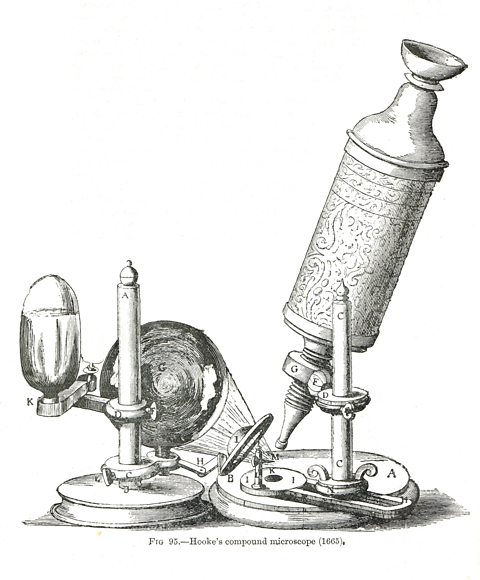
As well as scientific discoveries, the Renaissance brought about new methods of training new doctors.
Alongside being taught the works of Vesalius and Harvey, students in Edinburgh and London were expected to learn ‘on the job’ on the wards of the hospitals.
Medical students and doctors were also encouraged to dissect bodies to further their own knowledge and were able to use new equipment such as microscopes and thermometers to develop theories.

A royal interest in science
In 1645, a group began to meet together to discuss new scientific ideas in fields such as physics, botany, astronomy and medicine and to conduct experiments.
Alongside this, the group began to publish books and articles to encourage scientific discussion. After the restoration of the monarchy, Charles II began to attend the meetings - as a result the group became known as the Royal Society.
Renaissance limitations
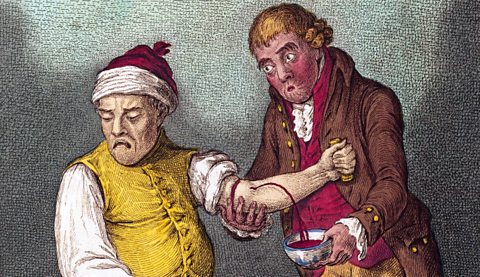
Despite the Renaissance period bringing many ground-breaking discoveries, not all of these were immediately accepted.
People like Harvey, Sydenham made advances in treating illness but many doctors fought against change and held onto Galen’s theories. It took 50 years for Harvey’s theories regarding the flow of blood to become more accepted than Galen’s, by which point Harvey had died.
New medical discoveries were seen to be correct but doctors lacked the knowledge to undersand why they were correct.
Doctors and scientists may have adopted new methods but they were not always able to explain why these methods worked.
Harvey had proven that blood transfusions were possible but in practice many blood transfusions failed because people did not know about different blood groups.
Sydenham improved understanding of symptoms and types of disease but he refused to investigate the causes of disease and illness use microscopy or other new techniques…
New equipment, like the microscope, was used to develop knowledge but these instruments needed further refinement in order to contribute to future advancements in medicine.
Using a microscope, Robert Hook was able to identify microorganisms for the first time but the link between microorganisms and disease would not be made until the 1850s.
Despite these limitations, the Renaissance provided the opportunity to break free from outdated theories and inspired many of the advancements in medicine that we take for granted today.

Test your knowledge
More on Medicine through time
Find out more by working through a topic
- count4 of 8

- count5 of 8
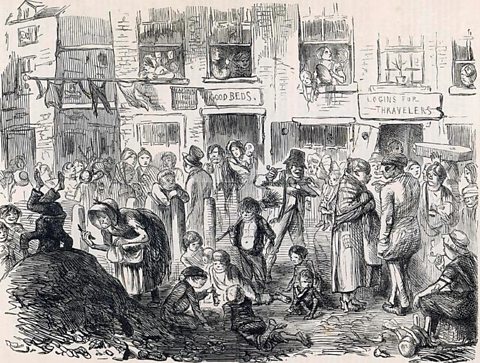
- count6 of 8

- count7 of 8
